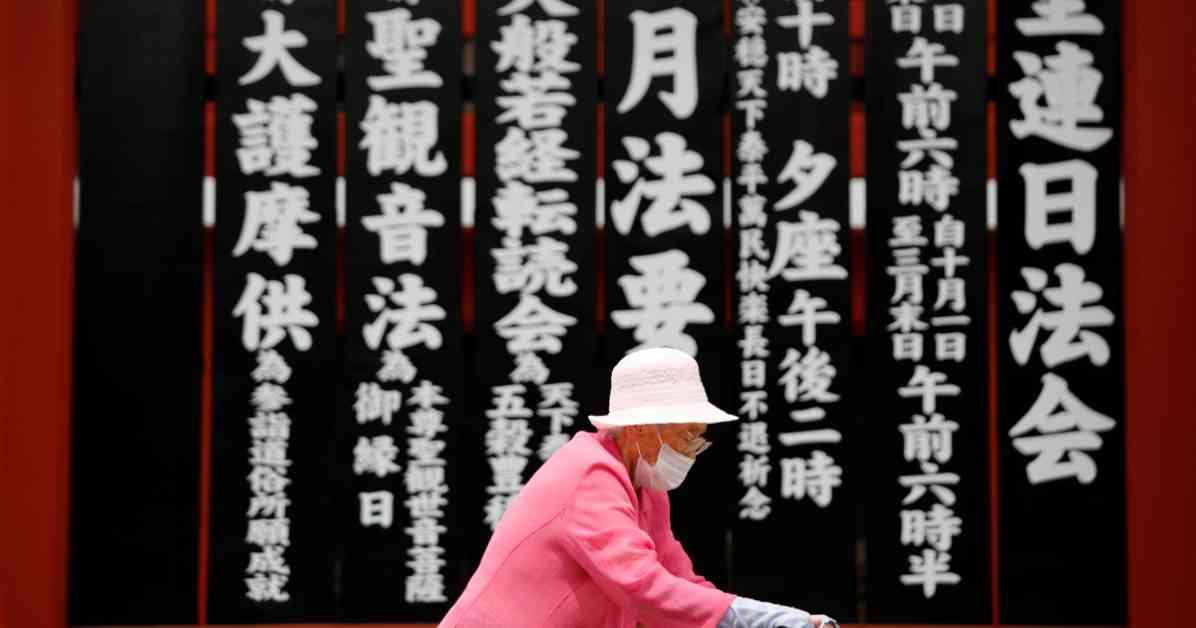Japan’s Aging Population Surpasses 36 Million Mark, Signaling Demographic Shift
Japan is facing a significant demographic shift as its aging population has reached a record high of 36.25 million people, with individuals aged 65 or older now making up nearly 30 percent of the country’s total population. This data, released by Japan’s Ministry of Internal Affairs and Communications, highlights the challenges and implications of an increasingly elderly population on the country’s social and economic landscape.
The Ministry’s report reveals that Japan’s elderly population has grown to 36.25 million, with approximately 20.53 million women and 15.72 million men aged 65 or older. This demographic trend is further underscored by the fact that a record 9.14 million elderly individuals were employed last year, representing one in seven employees in Japan. As the number of working-age individuals continues to decline, the burden of healthcare and welfare costs for the elderly falls on a shrinking labor force, presenting a pressing challenge for the country.
Implications of Japan’s Aging Population on Society and Economy
The aging population in Japan not only poses significant social and economic challenges but also has far-reaching implications for the country’s future. With a declining birth rate and an increasing life expectancy, Japan’s demographic crisis is exacerbating issues such as healthcare costs, pension obligations, and a shrinking workforce. As the proportion of elderly individuals continues to rise, the strain on social welfare systems and the economy is expected to intensify.
According to the National Institute of Population and Social Security Research, it is projected that by 2040, elderly Japanese individuals will constitute 34.8 percent of the country’s population. This demographic shift will have profound implications for various sectors, including healthcare, social services, and labor markets. The Recruit Works Institute’s study further highlights the potential shortage of more than 11 million workers by 2040, signaling a critical need for strategic planning and policy interventions to address the challenges posed by Japan’s aging population.
Addressing the Challenges of Japan’s Aging Society
In response to the demographic shift and the challenges posed by the aging population, Japan is exploring various strategies to mitigate the impact on its society and economy. Initiatives such as promoting active aging, enhancing social security systems, and incentivizing workforce participation among elderly individuals are being considered to address the evolving needs of an aging population.
Additionally, Japan is exploring innovative solutions such as robotics and automation to support elderly care and alleviate the burden on caregivers and healthcare providers. Technology-driven interventions, including telemedicine, remote monitoring, and assistive devices, are being increasingly utilized to enhance the quality of life for elderly individuals and ensure their well-being in an aging society.
As Japan continues to grapple with the consequences of its aging population, policymakers, businesses, and society at large are faced with the imperative to adapt and innovate in response to this demographic shift. By fostering a culture of inclusivity, supporting intergenerational solidarity, and investing in sustainable solutions, Japan can navigate the challenges of an aging society and build a resilient future for its citizens.
In conclusion, Japan’s aging population reaching a record high of 36.25 million underscores the urgent need for proactive measures to address the implications of this demographic shift. By embracing innovation, promoting social cohesion, and fostering a supportive environment for elderly individuals, Japan can navigate the challenges of an aging society and pave the way for a sustainable future.



























